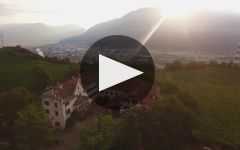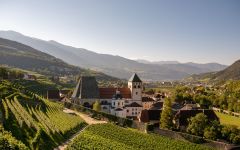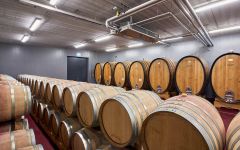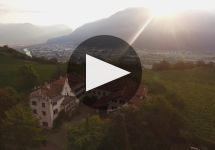Abbazia di Novacella Praepositus Kerner 2011


Product Details
Your Rating
Somm Note
Winemaker Notes
Perfect for antipasti, and shellfish based dishes.
Other Vintages
2021-
Wine
Enthusiast -
James
Suckling
- Decanter
- Vinous
-
Wine &
Spirits -
James
Suckling
-
Wine
Enthusiast -
James
Suckling
-
Wine
Enthusiast -
Robert
Parker
-
James
Suckling -
Robert
Parker
-
James
Suckling
-
Wine
Enthusiast -
James
Suckling
-
James
Suckling -
Wine
Enthusiast
-
Wine
Enthusiast











The Augustinian Canons Regular monastery of Neustift is located in the northern-most winegrowing region on the southern side of the Alps. The mineral-rich soils, the elevation (1,970 ft – 2,950 ft) and the cool climate are all factors which explain the intense aromas and flavours as well as fruity, mouth-watering acidity found in our wines produced from the typical white Eisack Valley grape varieties. The long drawn-out ripening period extending well into the autumn is crucial. The most widely-grown vines in our vineyards around Vahrn just north of Brixen are Sylvaner, Kerner, Gewürztraminer and Veltliner.
The monastery also owns vineyards in the warm central region of South Tyrol which supply the red grapes. They include the full-bodied, savoury Lagrein from the Mariaheim vineyard in Bolzano/Bozen and red wines from the Marklhof estate in the cool rolling hills of Girlan to the south of Bolzano where the grapes are harvested, crushed and the wines matured. The wines include Vernatsch, Pinot Noir and the lusciously sweet Rosenmuskateller ('Rose Muscat', the name deriving from the variety's typical scent of roses).
With over 850 years of experience coupled with state-of-the-art winemaking technology, top-class expertise and the enormous enthusiasm the wines generate among our employees, we succeed in producing wines bursting with flavour and varietal character year after year, to the joy of wine-lovers worldwide.
